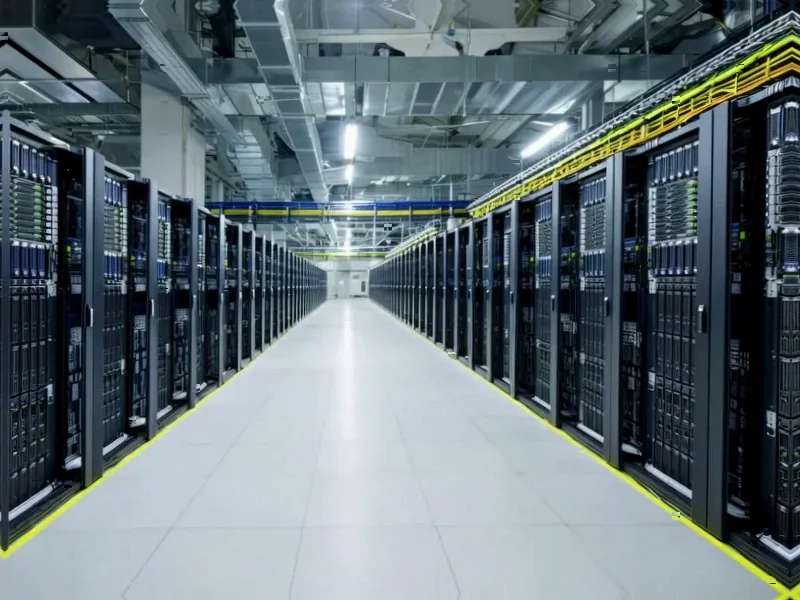According to Techmeme, Microsoft CEO Satya Nadella revealed during recent comments that the company has Nvidia GPUs sitting in racks that cannot be activated due to insufficient energy availability to power them. Nadella stated that the real constraint facing AI deployment is not compute capacity but rather power availability and data center space. He specifically mentioned having a surplus of GPUs that remain unused, while also expressing caution about over-investing in any single generation of Nvidia hardware given the rapid pace of GPU innovation. This admission from one of the world’s largest AI infrastructure operators signals a fundamental shift in the scaling challenges facing the industry.
The Energy Imperative
Nadella’s comments reveal what industry insiders have been quietly discussing for months: we’ve reached an inflection point where energy availability, not silicon manufacturing capacity, has become the primary constraint on AI scaling. This represents a dramatic shift from the past decade’s narrative where Moore’s Law and semiconductor advances drove progress. The physical reality is that data centers require enormous power density – modern AI clusters can consume 30-50 megawatts, equivalent to small cities. As industry experts have noted, this creates a fundamental mismatch between our ability to produce advanced chips and our capacity to power them at scale.
Strategic Investment Consequences
The implications for technology investment are profound. Companies can no longer simply throw capital at GPU acquisition and expect linear returns. Nadella’s caution about over-buying specific GPU generations reflects a new calculus where the useful life of AI infrastructure must be weighed against both technological obsolescence and energy constraints. This creates a complex optimization problem: do you build expensive power infrastructure for hardware that might be obsolete in 18 months, or do you risk falling behind competitors? The era of indiscriminate GPU hoarding is ending, replaced by sophisticated capacity planning that considers power availability as the primary variable.
The Coming Infrastructure Evolution
This energy constraint will drive massive innovation in data center design and location strategy. We’re already seeing companies like Microsoft pursue radical approaches including nuclear power partnerships and geographic distribution to regions with abundant renewable energy. The next wave of competitive advantage won’t come from having the most GPUs, but from having the most efficient power delivery systems. This shift favors companies with existing energy infrastructure expertise and penalizes pure technology plays. The valuation implications are significant as investors begin pricing energy access alongside technological capability.
Accelerating Market Consolidation
The energy bottleneck will inevitably accelerate consolidation in the AI sector. Smaller players and startups who secured GPU allocations but lack the capital for power infrastructure will find themselves unable to deploy their hardware. This creates a bizarre scenario where companies might own valuable Nvidia chips they cannot use, creating both financial strain and strategic vulnerability. As market observers predict, we’re likely to see a wave of acquisitions where larger players essentially acquire companies for their energy-constrained GPU inventory, creating a secondary market for stranded AI assets.
The 24-Month Outlook
Looking ahead, the industry faces a painful transition period where AI progress becomes gated by physical infrastructure rather than digital innovation. The most immediate impact will be on AI service pricing and availability – expect significant cost increases as companies pass through energy expenses. Longer term, this constraint will drive architectural innovation toward more energy-efficient models and specialized hardware. The companies that thrive will be those who solve the energy-compute equation through both technological efficiency and strategic infrastructure partnerships. Nadella’s admission isn’t just a comment about current challenges – it’s the opening statement in the next chapter of AI’s development, where joules become more valuable than flops.




